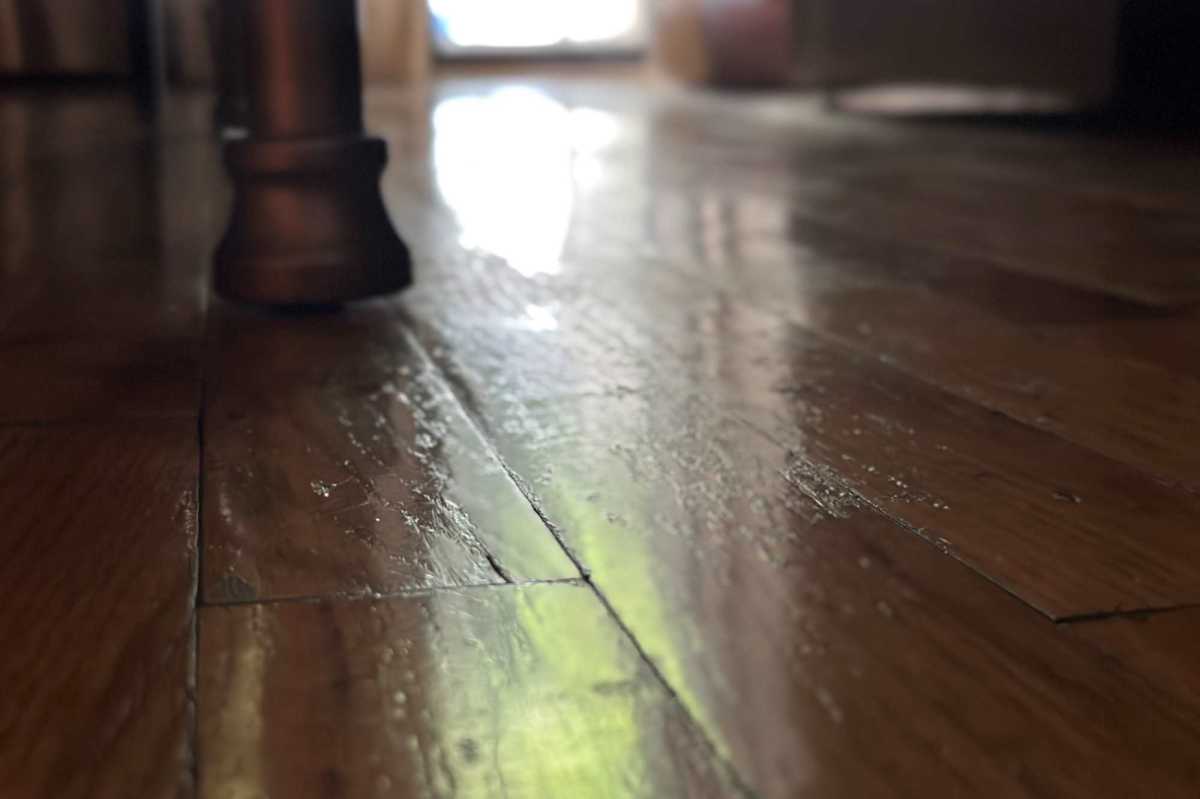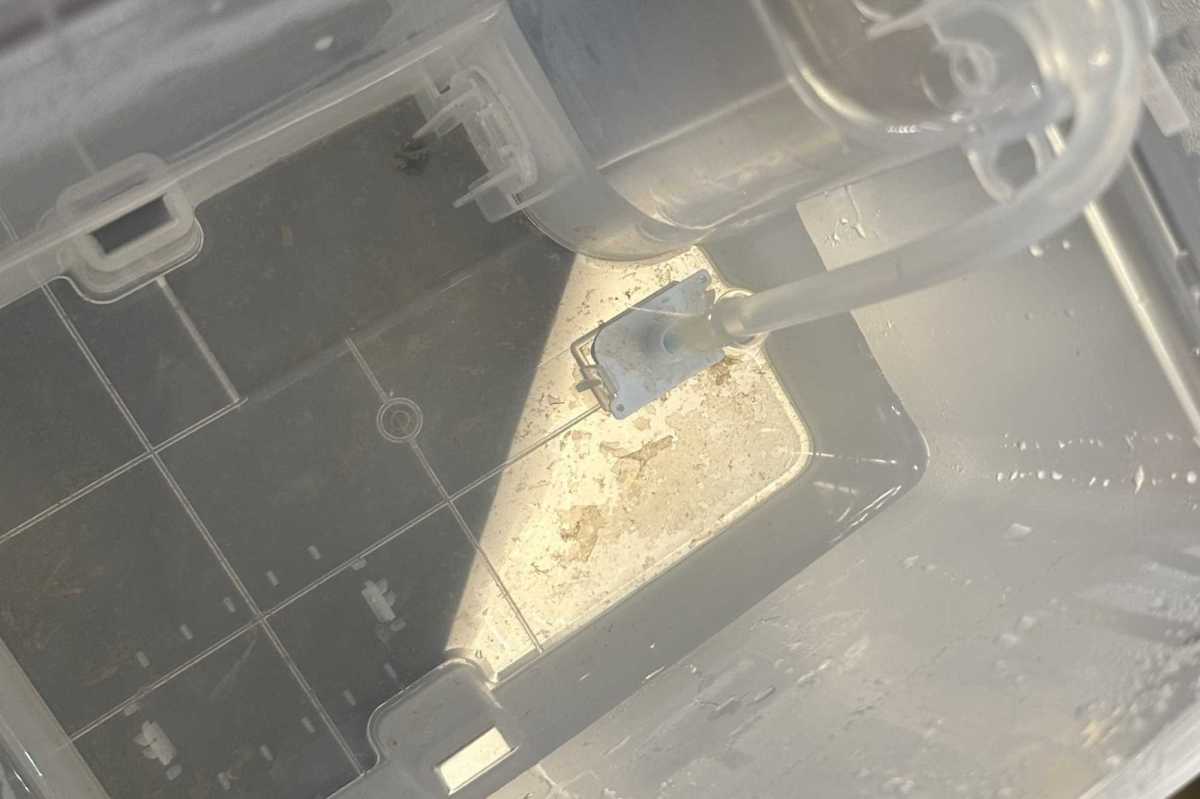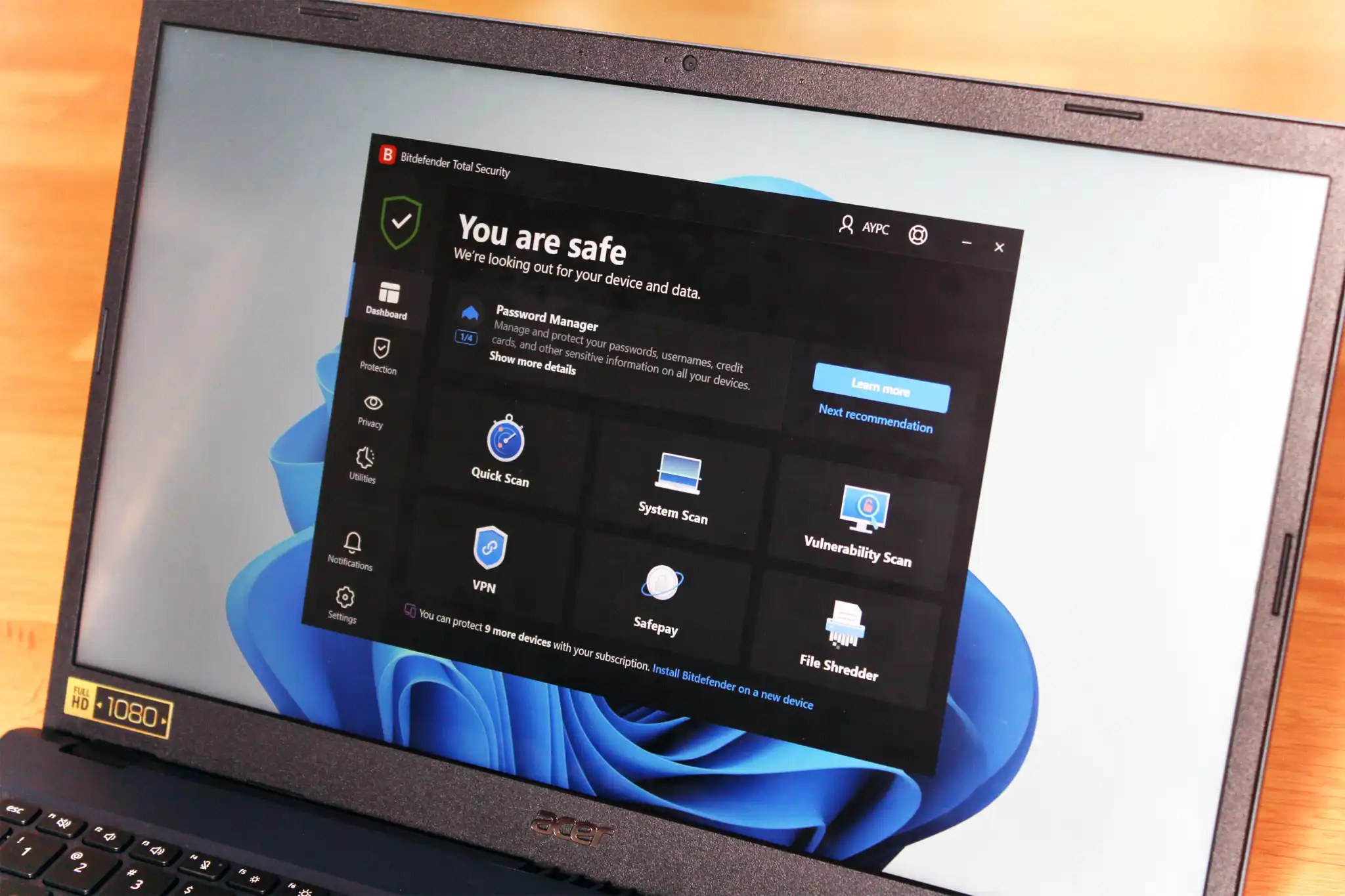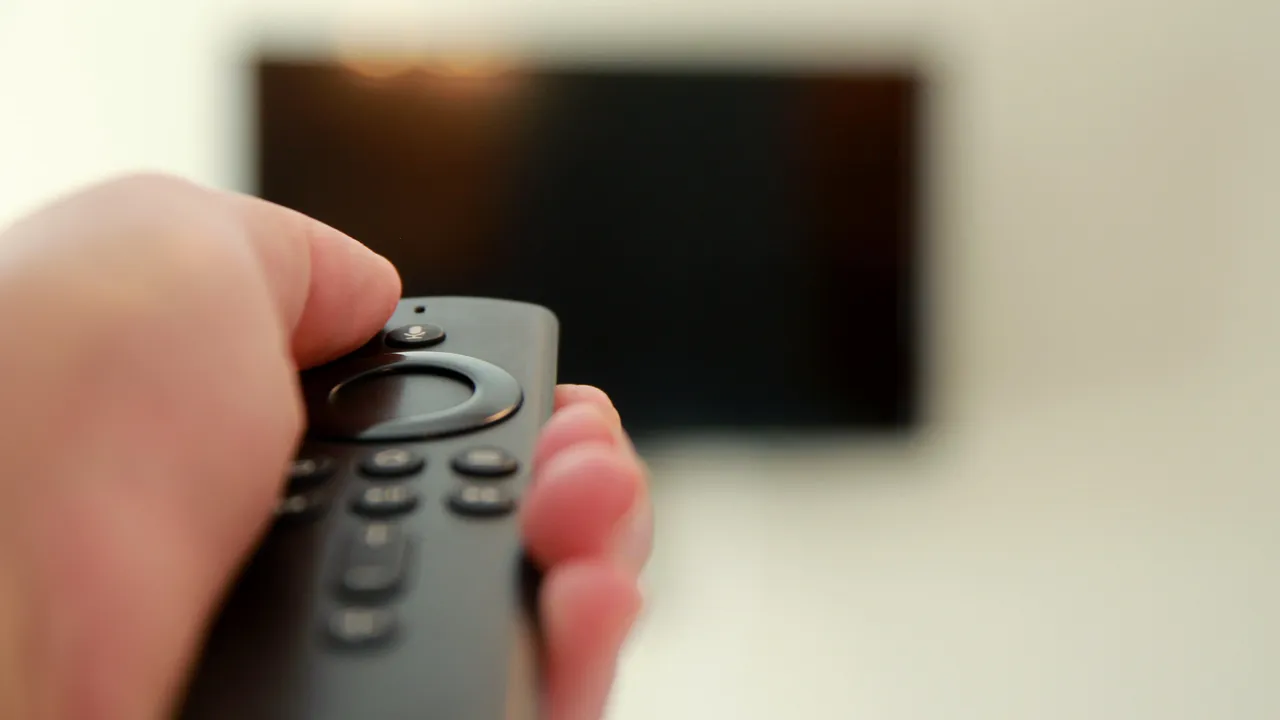Our household only recently discovered the glorious, hands-free reality of a AI-enabled, self-emptying robot vacuum, one that scooted expertly around our apartment, busting dust for weeks on end with little input from us. But even with our trusty Roomba busting dust left and right, we knew something was missing: The bot was only sweeping, not mopping.
We’d long dismissed the idea of a robot mop—after all, the earliest ones did little more than drag a damp cloth across the floor.
But robot mopping tech has advanced at a furious pace, with the latest robot vacuum-and-mop combos boasting mop heads that apply downward pressure and lift themselves to avoid carpets, while base stations can clean the mop pads themselves—with hot water, no less.
Still, we had concerns. Could a vacuum-and-mop robot really measure up to a standard stick mop? And what about the clean and dirty water tanks—don’t they start to smell at some point?
Finally, we decided to give a robot mop a try, with Roborock lending us a Qrevo Pro for a test drive.
We’ve been living with the Roborock for about two months now, and here’s what we’ve learned about robot mops—including (with a tip of the hat to Vulture) the highs, the lows, and the ewws.
High: Regular mopping makes your floors sparkle
I thought our floors were clean before, but now that they’re being mopped on a regular basis, the hard wood noticably sparkles, with the surface of the flooring feeling both smoother and cleaner beneath my bare feet.
Does the robot mop get our floors as sparkly clean as thorough scrubbing with a traditional mop? Probably not. But let’s face it—those manual mopping sessions weren’t happening all that often (I’d like to say we were mopping once a month, but I’d be lying if I did).
The robot mop, on ther other hand, is mopping our floors at least weekly—and in some cases, such as our kitchen, multiple times a week, a pace we’d never be able to keep up with our household stick mop.
All that scrubbing means our floors no longer have the dull look that comes from a too-spotty mopping schedule, and I have no interest in going back.

Low: You’ll still need a regular mop
Unfortunately, getting a smart mop doesn’t mean you can toss out your old stick mop. Even the latest robot mops with rotating mop heads that apply downward pressure may have trouble with stubborn stains or big messes.
Then there are cases when, say, your toilet overflows. If you have a lot of spilled water to clean up, nothing beats a standard stick mop and a bucket (as I found out following a recent bathroom accident).
Of course, owning a robot mop will likely mean that you won’t need to touch your old mop nearly as often, but you’d be a fool to toss it out.
High: Self-cleaning mop heads are the bomb
The robot we tested from Roborock boasts a feature that’s becoming more and more common with vacuum-mop combos: the ability to wash its own mop heads.
These new bots can actually detach their mop heads and give them a good cleaning—sometimes, even with hot water—before and after mopping sessions.
That means no need to toss the mop heads in a washing machine, as was required by some older robot mops (current mopping bots with budget price tags may still demand manual mop-head cleaning).
Besides boosting mopping performance, robot mops that can clean themselves help prevent bacteria from forming on the mop heads—and let’s face it, you don’t want your bot spreading even more gunk onto your floors, do you?
So yes, robot mops that can clean their own mop heads are both teriffic and highly recommended—and if you can afford a model that can wash its mop heads with hot water rather than just room-temperature H2O, all the better.
Eww: Those water tanks can get gross
Let’s cut to the chase: The water tanks that sit in the base station of most robot mops can—if you’re not careful–get really, really gross.
For those who aren’t familiar with the latest robot mop models, here’s how they work: Inside their base stations (along with the more-and-more ubiquitous dust bins for self-emptying bots), most robot mops have a pair of tanks: one for clean water, one for dirty water.
The tanks can come in varying shapes and sizes, but the common denominator is that they need to be filled (for the clean-water tank) and emptied (for the dirty water) on a regular basis.

Ben Patterson/Foundry
Now, even if you’re fairly diligent about filling and emptying these tanks, they will eventually start to get icky as layers of slimy bacteria gain a foothold. And if enough bacteria forms, you’ll start to notice a foul odor emanating from the tanks. Guh-ross, right?
I found this out the hard way following a little robot mopping experiment. I tried filling and emptying the tanks only when prompted to by the Roborock app (which happened roughly once a week). After a few weeks of this, there it was—mold, not only in the (really yucky) dirty water tank, but in the clean tank, too, meaning my bot had been cleaning the floors with bacteria-laced water. Ewww!
I’ve seen various remedies proposed to keep the bacteria in robot mop tanks at bay, including adding a dash of bleach or vinegar to the water. What I’ve found, though, is that there’s no substitute for some good, old-fashioned elbow grease.
Now, in addition to filling and emptying the tanks twice a week, I’ve been giving them a thorough cleaning on the weekends, scrubbing the insides and the lids with soapy water and then leaving them out (upside-down, with the lids open) to dry for several hours.

If that sounds like a pain, well…it’s not that bad, really. The weekly cleaning only takes about 10 minutes, aside from waiting for the tanks to dry.
But if you were hoping there was a shortcut to keeping a robot mop’s water tanks from getting gross, well, there isn’t one—or at least, not a good one that I’ve heard of.
Eww: The tray the robot sits on can get gross, too
Besides their clean and dirty water tanks, the tray that robot mop rests in between cleanings can also get fairly gunky.
So yes, at the same time you give the water tanks a good scrub-down, you’ll probably want to detach the robot’s resting tray from its base and put that under the faucet, too.
Once a week should do it, but if you leave the tray too long, you’ll be in for a green, slimy surprise when you finally do give it a clean.

High: You don’t need to use cleaning solution…
Don’t want to burn cash on cleaning detergent for your robot mop? Luckily, you don’t need to, particularly if your mop can clean with hot water.
You won’t get quite as good a clean as you’d get from a thorough scrub with a stick mop, piping-hot water, and a bottle of Pine-Sol, but a robot mop plus regular water will perform a perfectly good maintenance cleaning on your floors.
Low: …but careful if you do use cleaning solution
While you could pour a dose of Pine-Sol into your robot mop’s clean water tank, you probably shouldn’t. That’s becasue the solution could damage the delicate innards of your robot.
The biggest robot vacuum manufacturers offer recommendations on which cleaning solutions are safe to use with their bots—and predictably, they’re overpriced.
Roborock, for example, has an official “Omo” brand that (at the time of this writing) costs a hefty $18.88 for a 16.2-ounce bottle, versus $10 for a 24-ounce bottle of our old friend, Pine-Sol.
Luckily, you don’t need (or want) to pour more than a capful of the Ono solution into your bot’s clean-water tank.





